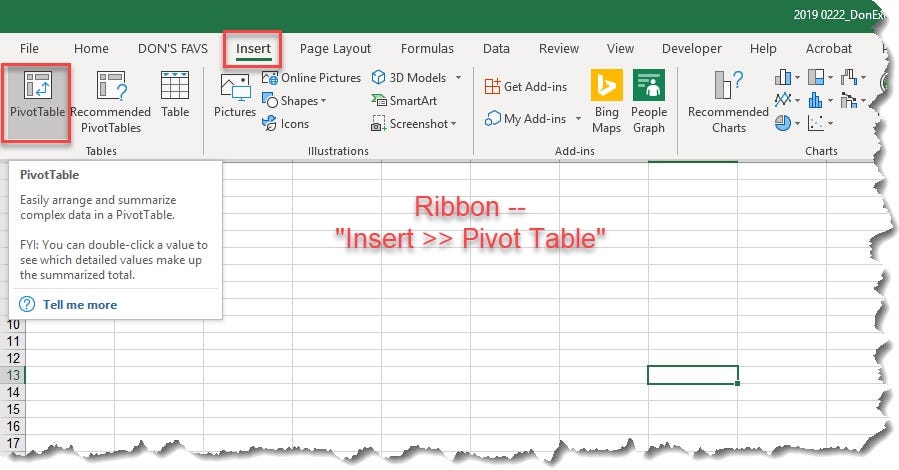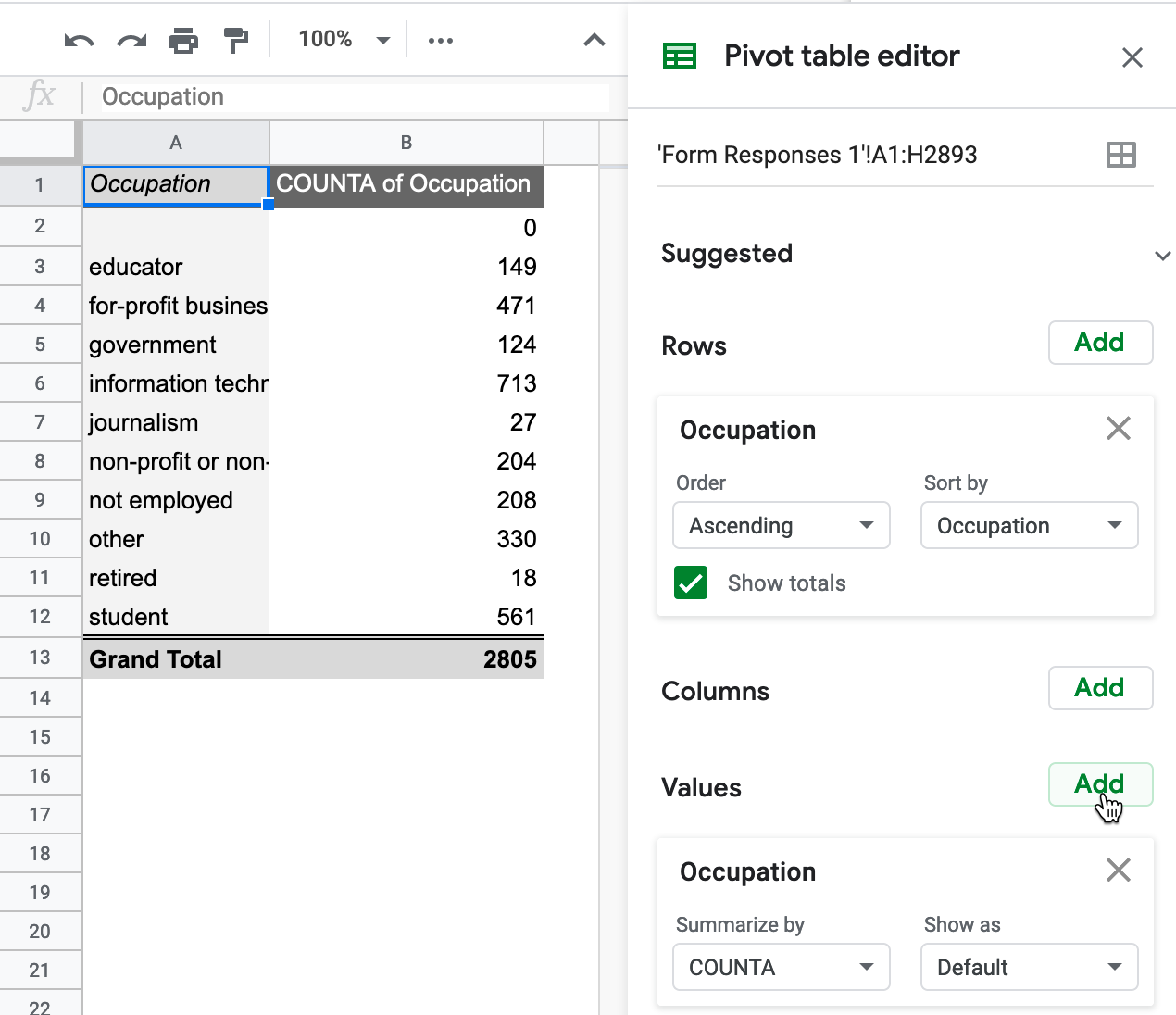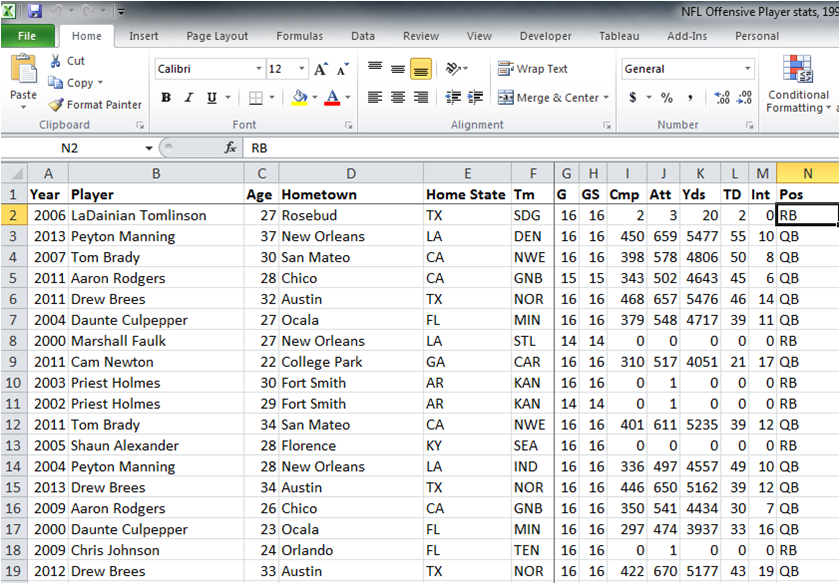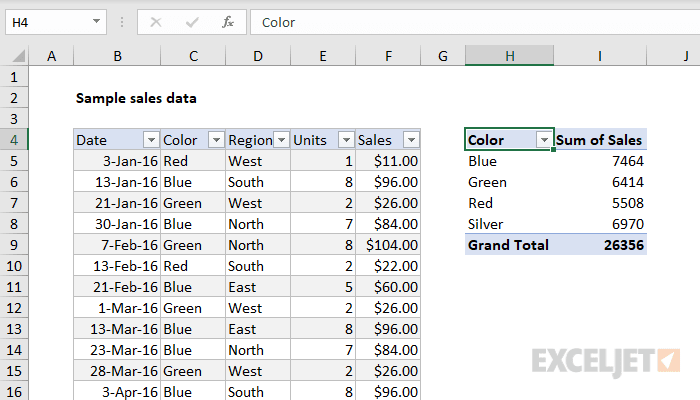
Try various spacing options and see which one you (and your boss and viewers) like the best. Reduce the Gap Width from 150% to 30 to 50% for regular bar charts and from 150% to 5 to 15% for histograms. Gap Width is a jargony name that simply refers to the size of the spacing or gap in between the columns. Excel’s default setting is typically around 150%. In the drop-down menu, select Format Data Series. Step 1. Right-click on any of the colored bars. Let’s reduce that spacing! There are only two steps. Our eyes are supposed to see the distribution as a seamless, unified shape rather than as a bunch of distinct bars. Histograms, in particular, are supposed to be smushed together. This huge space looks odd in a regular bar chart and horrible in a histogram. If each bar is 1 centimeter wide, then the space between the bars will be 1.5 centimeters wide. What’s with all that empty white space in between the vertical bars?!īy default, Microsoft Excel spaces the bars 150% apart from each other. … but your chart still looks weird because the bars are so far apart. You carefully formatted your histogram: you removed the border, lightened the grid lines, wrote a descriptive title and subtitle, selected custom RGB color codes, and called attention to a section of the graph with the saturated action color… Let’s pretend you’re graphing age distributions for a given county.
HOW TO SET UP INTERVALS IN EXCEL PIVOT CHART HOW TO
You can use this same approach to group any kind of numeric data in a pivot table.Wondering how to widen the bars in your bar or column chart? Or how to move the bars or columns closer together? This tutorial is for you! To change the grouping, just repeat the process. When you click OK, you'll see your data neatly grouped by age range. When the Grouping dialog box appears, set an interval that makes sense for your data. To group ages into buckets like this, right-click any value in the Age field and choose Group from the menu.

We don't care that five 20-year-olds voted for Option B – we want to see voting results by age ranges, like 20-29, 30-39, and so on. It's cool that the pivot table did this for us so quickly, but it's not very useful, since the automatic grouping by age is too granular. Results for 20 year olds, 21 year olds, 25 year olds, and so on. What we're looking at is specific results for each age. Or, I can make Vote a column label and then add Gender as a row label.įor both fields, the pivot table breaks down the data using the values that appear in each field.īut what if you want to group by age? Well, if I remove Gender and add Age as a row label, we do get a breakdown by age, but it's a little hard to understand. For example, we can easily summarize total voting results by vote by simply adding Vote as a row label. With a pivot table, any field added as a row or column label is automatically grouped by the values that appear in that field.

I'll go ahead and summarize the data in a pivot table. There are 300 results total, and, in each row, we have name, gender, age, and vote. Here we have a set of data that represents voting results. In this video, I'll show you how to group data by age range.


One of the most powerful features of pivot tables is their ability to group data, especially by number or date.


 0 kommentar(er)
0 kommentar(er)
